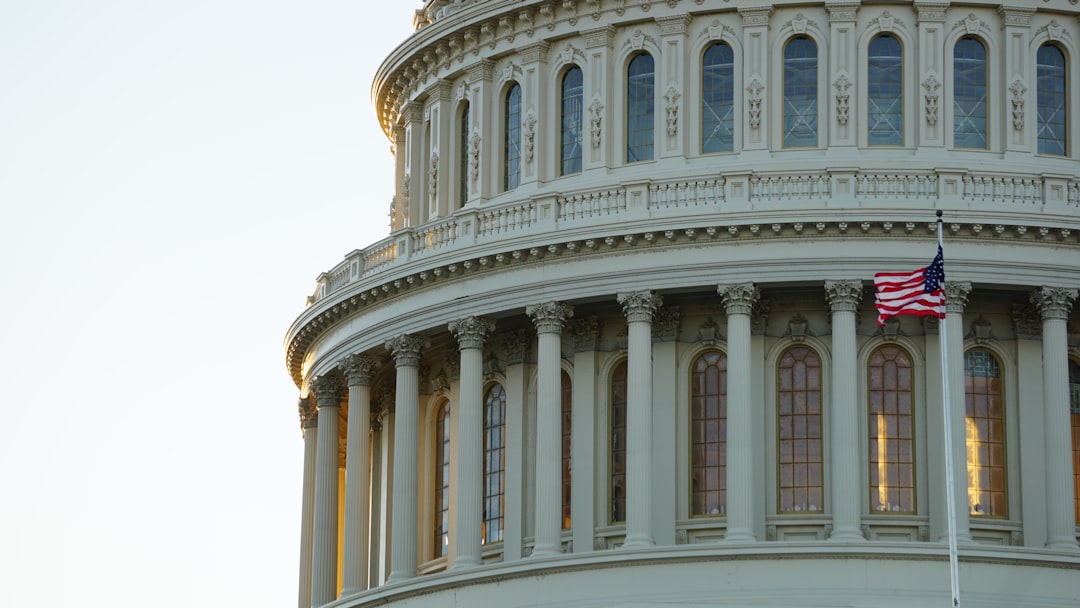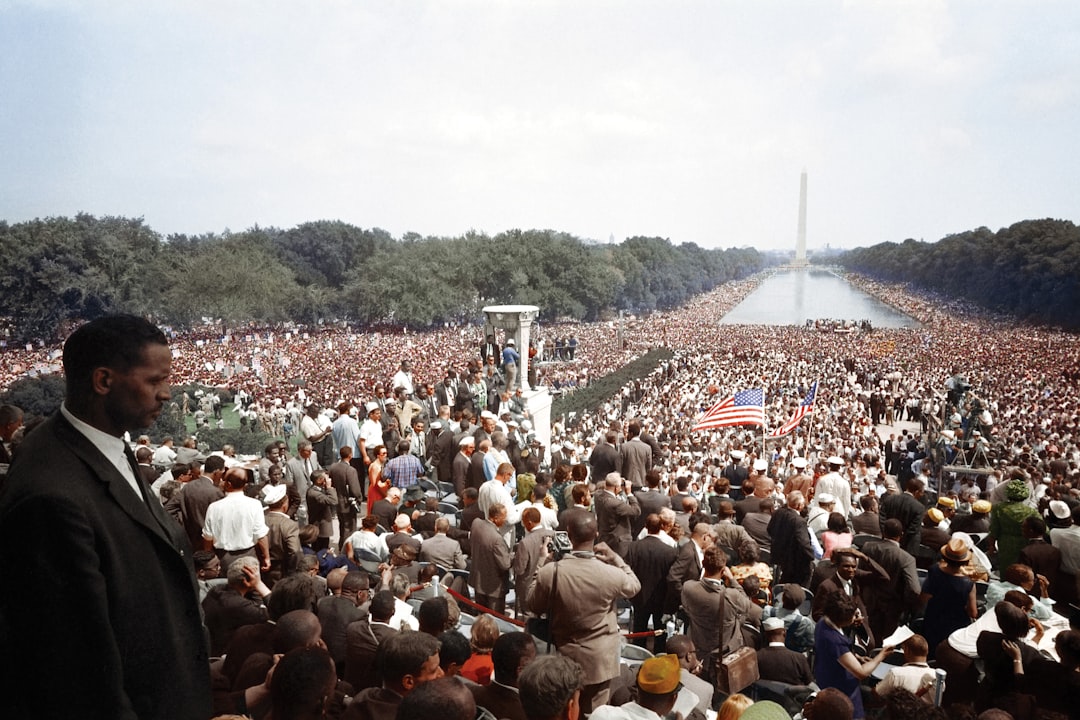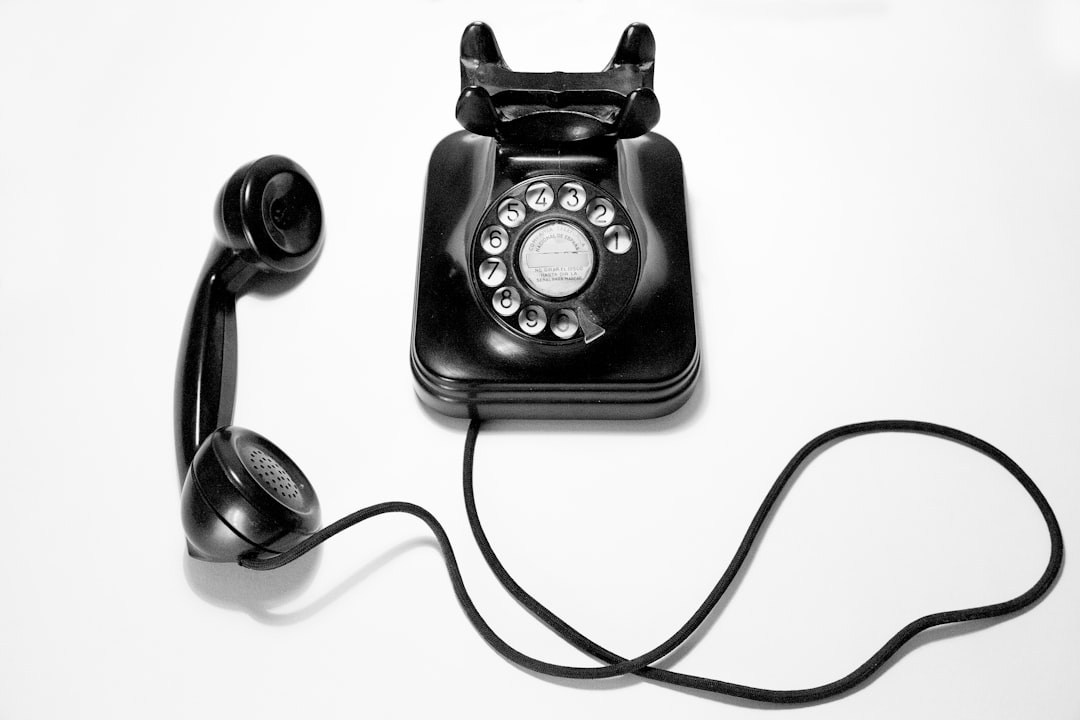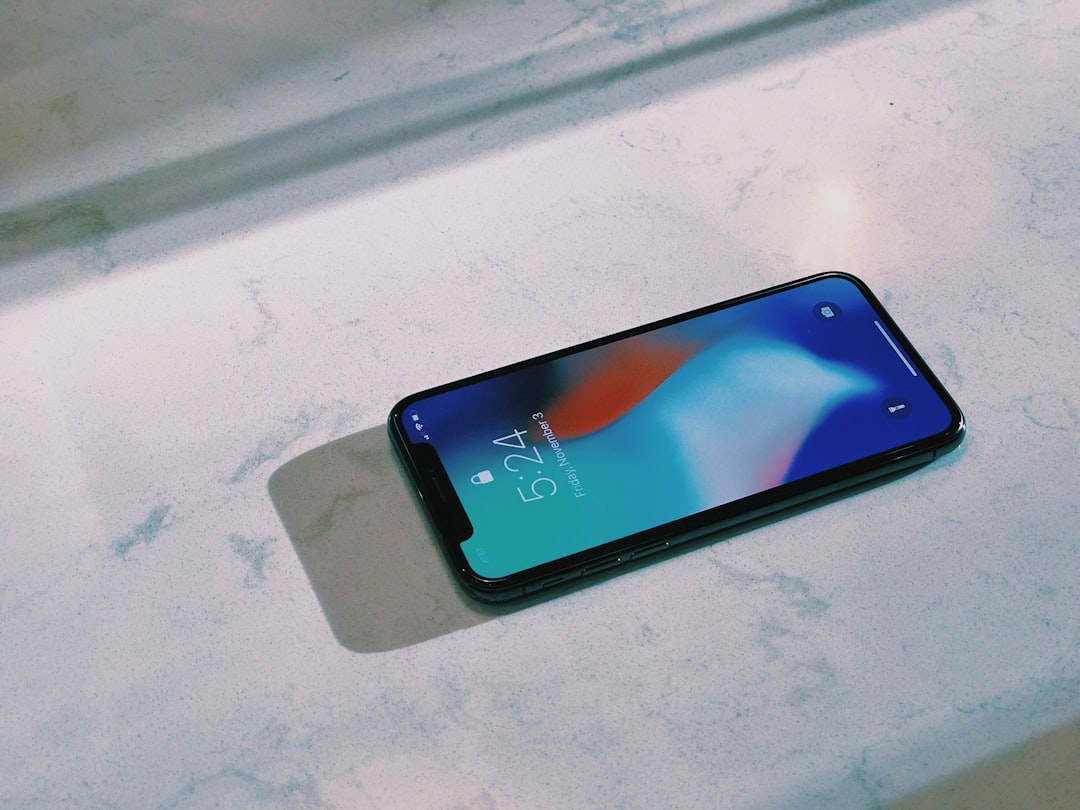Robocalls in Washington D.C. (Robocall DC) present significant accessibility challenges for individuals with disabilities, hindering their ability to engage with important services and democratic processes. The lack of compatibility with assistive technologies like screen readers and speech-to-text software excludes people with visual or hearing impairments from accessing robocall content. However, the city is taking proactive measures by implementing stricter caller identification rules, educational campaigns, and blocking tools to combat these issues. Advanced technologies such as improved speech recognition, machine learning for spam filtering, and text-to-speech/speech-to-text capabilities are enhancing accessibility for disabled residents, making Robocall DC experiences more inclusive.
Robocalls, once a nuisance, have evolved into a significant accessibility challenge for individuals with disabilities. This article explores how automated phone calls, while convenient for many, can hinder those relying on assistive technologies. We delve into the specific issues faced by the disabled community in Washington, D.C., and analyze the District’s efforts to improve telecommunications accessibility. Additionally, we present strategies and emerging technologies that hold promise for a more inclusive future, focusing on mitigating the impact of robocalls on vulnerable populations.
Understanding Robocalls and Their Impact on the Disabled Community

Robocalls, automated phone calls that deliver pre-recorded messages, have become a ubiquitous part of modern communication. While they serve various legitimate purposes, such as appointment reminders or information updates, their impact on the disabled community is a growing concern in Washington D.C. and beyond. Many individuals with disabilities rely on accessible communication channels to receive critical information and engage with their communities. However, robocalls often present significant accessibility issues.
For instance, people who are visually impaired or have cognitive disabilities may struggle to understand pre-recorded messages, especially when the language used is complex or the content is not tailored to their specific needs. Additionally, some disabled individuals might use assistive technologies like screen readers or text-to-speech software that are incompatible with robocall systems, further exacerbating the accessibility gap. As D.C. navigates its digital transformation, it’s crucial to ensure that robocalls and direct communication channels are designed with inclusivity in mind, addressing these accessibility issues to empower all members of society, including those with disabilities.
The Accessibility Challenges Posed by Automated Calls

Robocalls, often associated with political campaigns or marketing purposes, have become a pervasive issue for individuals within the disabled community in Washington D.C. (DC). These automated calls present unique accessibility challenges, particularly for those relying on assistive technologies. The primary concern lies in the lack of accommodation for screen readers and speech-to-text software, which are essential tools for many people with visual or hearing impairments.
When a robocall is initiated, the absence of text-to-speech capabilities makes it impossible for visually impaired individuals to understand the content being conveyed. Similarly, those who depend on closed captions during phone conversations are left unassisted, as automated calls typically do not provide this feature. This lack of accessibility can exclude marginalized members of society, hindering their ability to participate fully in democratic processes or engage with promotional services designed for their benefit.
DC's Response to Enhance Telecommunications Accessibility

In response to the challenges faced by individuals with disabilities in navigating excessive robocalls, Washington, D.C., has taken significant steps to enhance telecommunications accessibility. The District’s commitment is evident through various initiatives aimed at ensuring that all residents, including those with disabilities, have equal access to communication services. This includes implementing stricter regulations for caller identification and providing resources to help disabled individuals manage unwanted calls effectively.
The local government, in collaboration with consumer protection agencies, has been proactive in educating the public about the impact of robocalls on vulnerable communities. They’ve also introduced tools and technologies that assist in blocking or identifying automated calls, empowering disabled residents to reclaim control over their communication channels. These efforts underscore DC’s dedication to creating a more inclusive environment, where accessibility is not just a right but a priority.
Strategies and Technologies for a More Inclusive Future

In the pursuit of a more inclusive future, several strategies and technologies are emerging to combat the accessibility issues faced by individuals within the disabled community when it comes to robocalls in Washington DC (Robocall DC). One such approach is the development of advanced speech recognition systems that can accurately interpret and respond to various dialects, accents, and speech patterns, ensuring better communication for all.
Additionally, machine learning algorithms are being refined to recognize and filter out unwanted calls, including those from unfamiliar or suspicious numbers, thereby reducing the number of nuisance calls received by individuals with disabilities. The integration of text-to-speech and speech-to-text technologies also plays a pivotal role in making Robocall DC interactions more accessible, facilitating clear communication between callers and recipients, regardless of any physical limitations.






